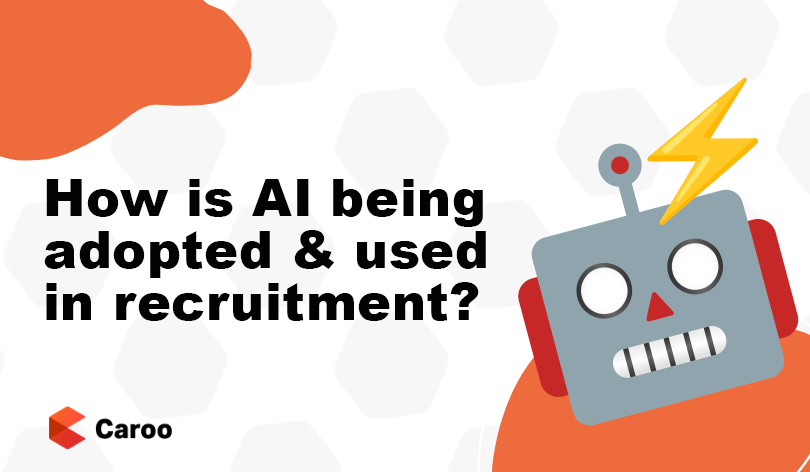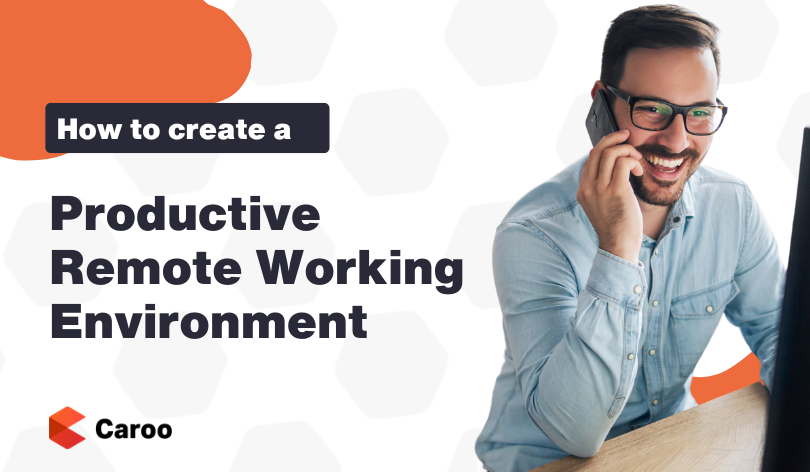What does a hiring process include?
A hiring process (also commonly known as a recruitment process) is a step-by-step process undertaken by companies when hiring a new employee.
Usually, the hiring process underlines how an organisation identifies, sources & recruits new talent.
How do I create a great hiring process?
The first thing to understand is that not all hiring processes are equal.
A startup will have a significantly different hiring approach than a large corporation and the steps within can vary depending on the industry.
Why is getting it right so important?
It’s essential to get your hiring process right for many reasons. If the process is too long, it can lose momentum and deter the best candidates, who are typically available for only about 10 days.
However, rushing the process can result in a poorly vetted hire, which can lead to other problems down the line. Within this blog, we’ll be walking through the 11 stages of a typical recruitment journey and outlining some of the best practices to help you create the best possible hiring process.
Keep in mind that no two recruitment processes are the same.
A startup’s needs will be drastically different to a large corporation and depending on the complexity of the role, the makeup of your hiring process might vary drastically.
So without further ado, let’s jump straight into the blog.
The 11 core steps in a winning hiring process.
1. Identifying Hiring Needs
Before you can even consider candidates, you first need to identify talent needs and shortages within your organisation (this could be for a newly formed role or a recent vacancy.)
If you already know what you’re hiring for, put pen to paper and define what the ideal candidate looks like. Once you’ve done this, ask yourself:
- What are the qualities, characteristics & skills of the perfect candidate?
And then, more importantly…
- What are the WANTS vs the NEEDS?
With 75% of employers reporting talent shortages globally, there should be a level of wiggle room you take into account when outlining hiring needs, especially if a particular quality, skill or characteristic is a nice to have and not a must.
2. Building a Recruitment Plan
Now that you’ve outlined your hiring needs, it’s time to define your recruitment plan and detail the steps involved.
- First Point of Contact: Identify who will be the initial contact for candidates. This person should be well-informed about the role and the company to provide a positive first impression.
- Interview Process: Determine who will conduct the interviews. Ensure that interviewers are trained and prepared to evaluate candidates effectively and consistently.
- Steps Involved: Specify if the candidate needs to complete any tests or assessments. Clearly outline these requirements and communicate them early in the process to manage expectations.
Your recruitment plan should be as candidate friendly as possible. The shorter it is (without compromising on vetting procedures, of course) the better!
If your candidate’s a rockstar, they’re unlikely to be on the market for too long, so moving fast is key!

A great tip is to create a timeline and share this with the candidate so they know what each step of the hiring journey looks like and ultimately when they can expect a decision.
You’d be surprised! Some candidates may be happy to wait, others may be forced to disclose competing offers or ongoing interviews, affording you the chance to accommodate to their needs if necessary.
If you’re unsure, take a step back, look at the role from your candidate’s perspective and assess whether you’d be happy with the level of communication or the requirements asked of you. This’ll give you an idea of how good your recruitment plan truly is!
3. Writing the Perfect Job Description
Attracting the right talent when advertising a job is absolutely vital. If a job description is written poorly, you’ll only get a fraction of applications and potentially miss out on active talent!
Job descriptions are probably one of the most important forms of candidate attraction, which is why we’ve written a blog on how to craft the perfect job description.
It’s important to note that if credit/background checks are a mandatory part of your process, you’ll want to make this clear within the job description.
4. Start Advertising
When it comes to advertising jobs, there’s a lot of methods out there that are currently being used. Most companies tend to employ the help of trusted job boards like Indeed, CV-Library, Reed and more.
We’ve written another blog detailing everything you need to know about job boards (we also detailed some of the most popular ones too!)
Top tip: be proactive!
Not all candidates are scouring job boards & applying. In fact, 70% of the active workforce aren’t actively job searching.
Tools like LinkedIn Recruiter are popularly used to seek out suitable talent and are widely used by recruitment agencies and in-house talent teams worldwide.
5. Reviewing Applications
The next step can be the most tedious, but equally the most rewarding. Now you’ve got your applications, you’ll need to sift through them to find the right matches.
If you have an ATS (Applicant Tracking System) in place the process might be a little more straightforward, but if you haven’t, don’t worry. Try and match each CV against a screening criteria to speed things up a little. Ask yourself…
- What are the key skills/experiences you want?

Once you’ve found enough CVs that match the role you’ve advertised, feel free to move on to the next step.
Oh, and don’t worry if a candidate’s CV doesn’t give you the answers straight away. That doesn’t mean they’re out for the count. Put any tentative CVs to one side and line up an initial conversation to go through their CV in more detail.
6. Initial Screenings & Consultations
There’s only so much information a CV can give you, which is why an initial conversation is so important.
If you feel like any CVs weren’t super clear on past experiences or if they leave you with questions, don’t be afraid to pick up the phone.
Most job seekers will be super receptive to an initial conversation or a screening call as they’re likely more excited to move forward than you are! If they aren’t willing to take the call, you could always schedule it for a later date.
A screening call isn’t an interview. Keep it light, brief and to the point. Use this as an opportunity to determine whether you’d like to bring the candidate in for an interview. If the answer is yes, get the date booked in and move to the next step of the hiring process.

Here’s a tip: If the candidate doesn’t answer the phone, you could always send them an email to try and get a screening call booked in.
Most candidates would appreciate an email or some kind of notice beforehand so they can acquaint themselves with the role and the requirements. Remember, they’ve probably applied for a fair few if they’re actively job seeking!
At this stage, if any tests or exams are required, then you’ll want to put these forward before determining who moves forward to the final interview stage.
7. Interviews
The dreaded interview.
Most candidates fear them, which is why it’s key to make a candidate feel comfortable and at ease. Whether you’re performing the interview on-site or online, you’ll want to make sure you get enough information to go away and make a formal decision, which is why preparation is key.
Make sure you prepare a list of questions to assess the candidate’s suitability to the role.
Some good interview questions could be…
- What solutions can you offer to x problem?
- What do you think we could be doing better?
- What do you think we (as an organisation) could do to help you succeed?
Don’t forget to notify those who haven’t been successful too.
Once you’ve determined who the best fit is, you’ll want to move forward to performing background and reference checks.
8. Background and reference checks
As outlined within the initial job description, if any background or credit checks are required, now’s the time to do them. Background checks should always be carried out to review a candidate’s criminal record, employment history and eligibility.
With 33% of candidates reportedly stating inaccuracies on their CV every year, it’s important to see why background checks are so important!
Some organisations also undertake social media screening too, so be careful what you post on Facebook as it could come back to haunt you!
9. The Decision
Now the tough part is over, time to choose who you want to hire. It’s always good to have a backup choice should your main choice fall through. If ultimately no candidates meet the criteria, it’s time to start again!
Don’t lose hope, however. The first round of hires should’ve hopefully given you inspiration on how to tweak each part of your hiring process to be perfect.
10. The Job Offer
It’s time to extend the job offer. Start by contacting the candidate you want to hire and informing them of their success. Follow up with a formal offer letter that details the position’s salary, benefits, paid time off, start date, and other terms and conditions of employment.
However, the process isn’t complete until the contract is signed. Be prepared for the possibility that the candidate might decline the offer, as top talent often receives multiple offers. If a candidate negotiates for a better salary or terms, consider their value to the organisation before making a decision.
11. Onboarding
One of the most important parts of hiring a new employee is the onboarding process. Making sure they settle in well is paramount, as data reveals that 31% of new hires leave within the first 6 months (and as high as 17% in the first week!)
If you want to learn more, check out our blog on how to build the perfect onboarding experience for a new hire.
Or... Just hire with Caroo!
If you’re looking to hire top marketing, sales, finance or IT talent… You could always use Caroo!
Our team of expert UK recruitment consultants will craft the perfect job description for your role and manage the whole process from start to finish. And guess what? We’re strictly contingent, meaning you don’t pay a penny until we find you the perfect candidate.
If you’re hiring or planning to hire, let’s talk!






